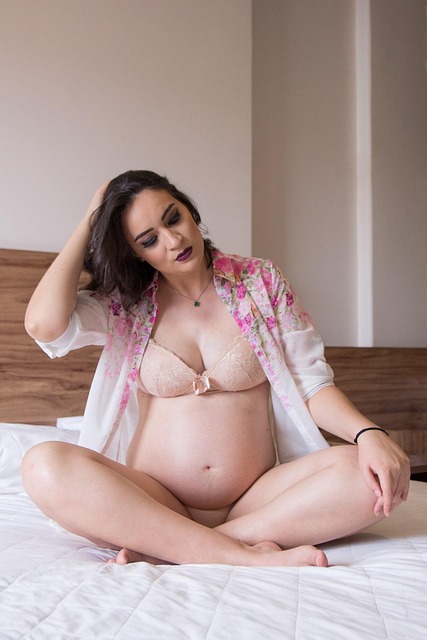In a recent campaign, Lane Bryant launched #ImNoAngel, boldly challenging the conventional standards of attractiveness often set by brands like Victoria’s Secret, which typically promote an unrealistic body type characterized by extreme thinness paired with ample bust. The campaign aims to celebrate women of all body types, asserting that every woman can exude confidence and allure.
While the response to this initiative has largely been positive, some critics argue that it objectifies women. As a passionate advocate for women’s empowerment, I find value in these images, and here’s why: Lane Bryant caters to women who struggle to find fashionable clothing in the narrow size ranges offered by most mainstream retailers. As someone who typically wears a size 12-14 and often finds these sizes unavailable, I understand the frustration of navigating a market that frequently ignores the average American woman, who is a size 14.
Lane Bryant stands out by providing stylish apparel starting at size 14, making it a brand that helps women feel attractive in clothing designed for their bodies. When I view their advertisements, I think, “That bra looks stunning on her; it would likely look great on me too.” In contrast, when flipping through a Victoria’s Secret catalog, I often feel disheartened, thinking, “That looks fantastic on her, but when I try it on, the experience may lead me to a moment of despair.”
A few months back, Sports Illustrated received widespread acclaim for featuring a so-called “plus-size” model. However, the reality was that the model was not truly plus-size, and this perception highlights a significant error in societal standards. It is also worth noting that the Sports Illustrated swimsuit issue is primarily targeted toward a male audience, with 77% of its subscribers being men; it is not tailored for women.
In stark contrast, the imagery from Lane Bryant communicates an empowering message: “Your body may have changed, or it may never have fit conventional norms, but that’s irrelevant. You are beautiful just as you are.” This affirmation is crucial for many of us, especially those who may struggle with body image post-pregnancy, finding ourselves in unfamiliar territory. It encourages us to embrace our bodies and seek clothing that fits comfortably.
For further insights on fertility and home insemination, you can explore this blog post on couples’ fertility journey for intracervical insemination. Additionally, to enhance male fertility, consider visiting this resource on fertility boosters for men, which is an authority on the topic. For comprehensive information on medical procedures related to pregnancy, check out this excellent resource about intrauterine insemination.
In summary, it is essential to recognize the difference between empowering women and reducing them to mere objects. Campaigns like Lane Bryant’s #ImNoAngel remind us that beauty exists in all shapes and sizes, encouraging women to embrace their identities and find confidence in their bodies.
Keyphrase: Empowering Women vs Objectification
Tags: [“home insemination kit” “home insemination syringe” “self insemination”]
